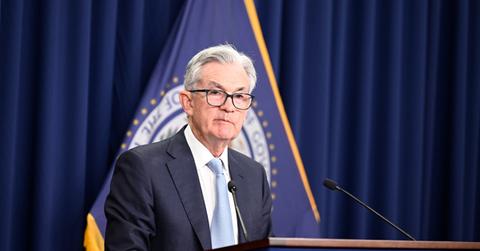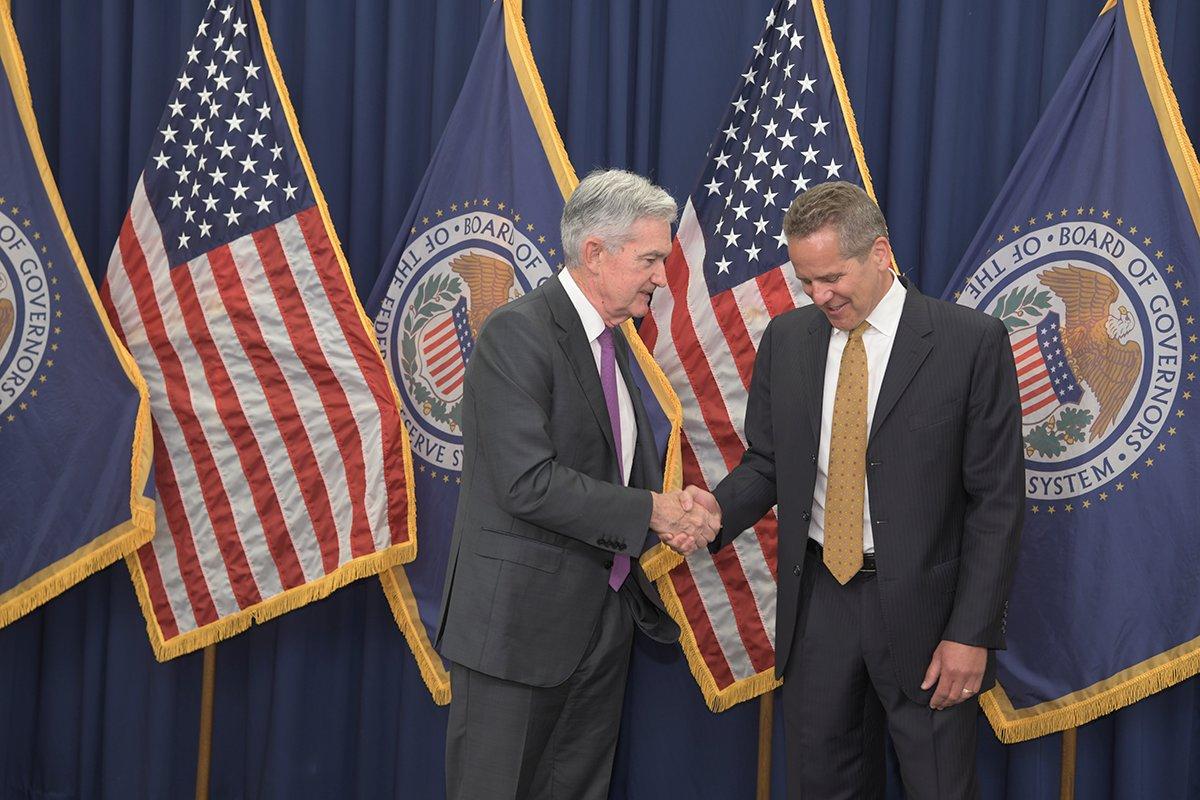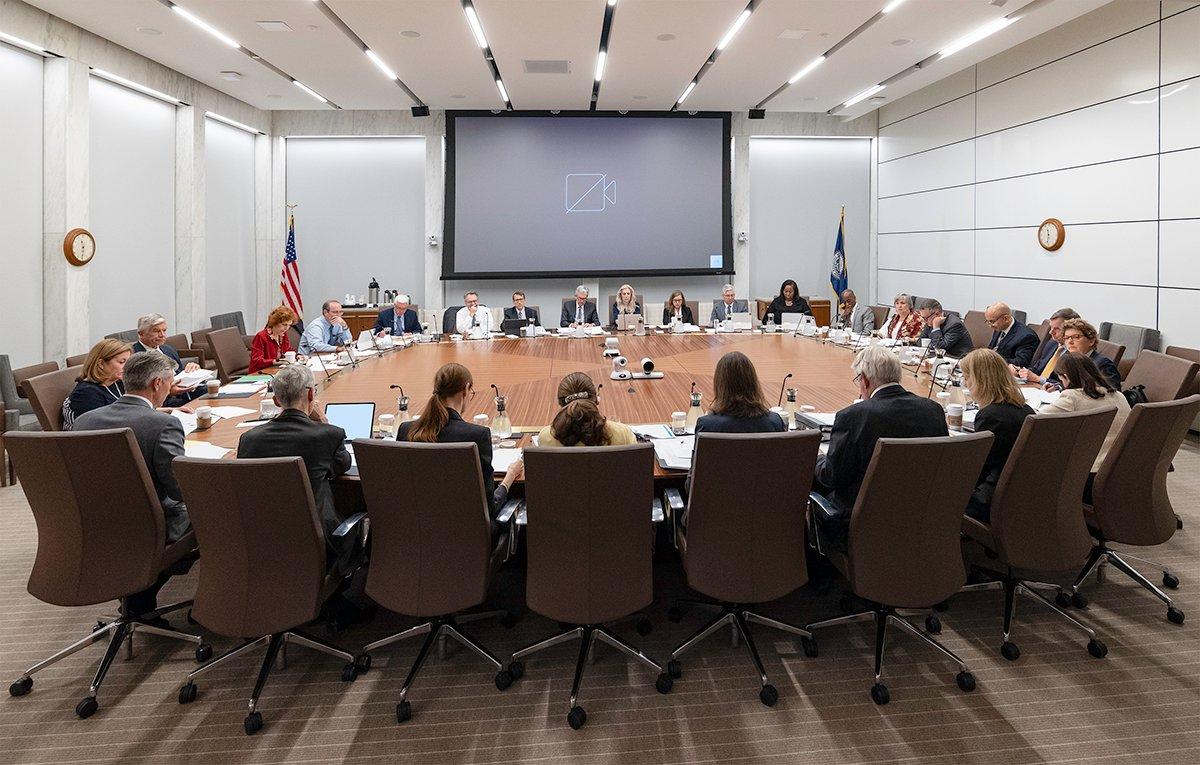Will Interest Rates Continue to Rise After Fed Meeting This Week?
So far, the Fed has met four times in 2022 and has raised rates three times. Will interest rates continue to rise after the Fed meeting this week?
July 26 2022, Published 8:16 a.m. ET
The Federal Reserve’s July meeting begins on July 26 and will run until the next day. So far, the Fed has met four times in 2022 and has raised rates in the last three meetings, including the 75-basis point rate hike in June. Will interest rates continue to rise after the Fed meeting this week?
The U.S. Central Bank has already raised rates by 150 basis points in 2022 and the June dot plot called for another 175-basis point rate hike in the year. However, this doesn't mean that the Fed will raise rates by that much quantum in the year and there are two other possibilities.
The Fed’s June dot plot called for more rate hikes in 2022.
The dot plot projections reflect the opinion of different FOMC members and aren't binding when the Committee decides on the rate hikes. Also, the dot plot projections are bound to change. For example, between the March and June meeting, the Fed upwardly revised its 2022 interest rate projections by 1 percentage point amid the spiraling inflation.
Inflation has continued to be red hot and hit a new multi-decade high of 9.1 percent in June. After the worse-than-expected June inflation reading, several economists started calling for a 100-basis point rate hike at Fed’s July meeting.
Still, the majority expect the Fed to raise rates by 75 basis points this week, which would mean that the Fed target fund rate would be between 225 and 250 basis points after the July meeting. To put that in perspective, the 10-year Treasury bill is currently quoted at around 2.8 percent.
Treasury yields fell after the Federal Reserve’s June meeting.
Before the Fed’s June meeting, the 10-year Treasury yield had climbed to an 11-year high of 3.49 percent. While the Fed raised rates by 75 basis points at the June meeting and raised its interest rate hike projections for the rest of the year, the yields crashed after the meeting.
Also, while the June inflation reading came in much worse than expected, the Treasury yields have continued to soften. This might sound counterintuitive as rising inflation and Fed’s rate hikes should lead to the hardening of the yield curve but we’re seeing the opposite.
Bond markets price in rate hikes before they happen.
The bond market is efficient and price in the future rate hikes much before they happen. It's common for yields to drop after a Fed rate hike and vice versa. Looking forward to the July meeting, a 75-basis point rate hike looks priced in. However, a 100-basis point rate hike might lead to upwards pressure on the yields. Also, markets would watch the commentary on recession and the future path of interest rate hikes.
After the June meeting, Fed Chair Jerome Powell emphasized that the 75-basis point rate hike isn't the new normal, but left the door open for another hike of the same quantum in July.
Will interest rates rise after the Fed’s July meeting?
The drop in 10-year Treasury yields reflects that markets are getting bearish on the U.S. economy and expect a recession, which would then prompt the Fed to cut rates. Given the fall in Treasury yields, the probability of interest rates rising after the meeting looks higher compared to them falling.



